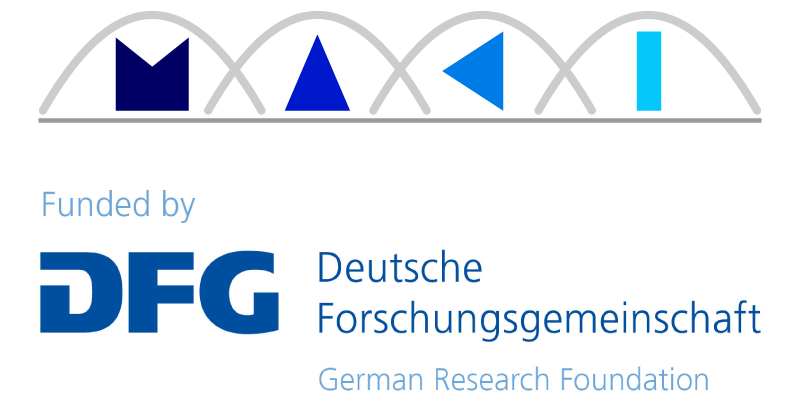Cross-Layer State Migration for Efficient Transition Support
Today’s distributed communication systems comprise a multitude of protocols and mechanism, at different layers. To be able to continuously provide the required quality of service these protocols and mechanism need to be able to dynamically adapt to changing environmental conditions. This may be achieved through, for example, modification, adaptation or replacement of individual modules and mechanisms. Examples of such mechanisms are manifold, extend across all protocols and system layers and include, for example
- Complete protocols (TCP, UDP, RTP, overlay, etc.);
- Fine-grained protocol mechanisms, like congestion control, fragmentation, load distribution, replication;
- Network concepts (e.g. infrastructure-based, ad-hoc, semi-meshed, delay-tolerant (DTN));
- Security mechanisms, like encryption, integrity protection, authentication;
- System components, such as localisation (via e.g. WLAN, GSM GPS), sensors, etc.
A transition takes place if and when a switchover from mechanism MAn to a semantically similar mechanism MBn is beneficial. Such a migration from MAn to MBn will normally take place at level n. In the long run, i.e. in a steady state, MBn will improve overall system quality. In the sort run, however, MBn will not be able to provide its full functionality as it will need a certain ‘warm-up’ phase during which it will adapt its parameters to the specific environment. A new P2P-Overlay-Protocol, for example, needs to recalculate the nodes’ neighbourhood information and the distances between them, to replace the hash function (for key generation) and to adapt the load balancing mechanism.
The semantic similarity between MAn and MBn suggests that MAn will have information that will be helpful during initialisation of MBn. A central goal of this sub-project is to reduce the initialisation phase of new mechanisms. To this end, it will analyse exactly which information IAn (of MAn) will be helpful for the initialisation of MBn and how they can be migrated. That is, it aims to enable a ‘warm boot’ of the new mechanism MBn.
During such a state migration information IAn and possibly additional information I*n will be transferred to a System Information Service (SIS). MBn can retrieve these information and deploy them to support its warm boot. Such deployment eliminates the necessity to re-configure MBn, enables MBn to retrieve and adapt useful information from SIS and ideally reduces to zero the need to collect the complete system and network context. In addition to the identification of relevant state information I*n mechanisms will be developed that will enable the systematic extraction of these information, their management and storage inside the SIS and their simple adaptation and transformation.
In addition to the state migration at level n (horizontal transition support) this sub-project will also analyse the impact of such a transition on other protocols and their mechanisms – they will need to be known and taken into account up-front. Such impact may be expected to occur not only within a system layer, abut also across layers. This requires a dedicated cross-layer co-ordination (vertical transition support). Both types of transition support or elements of an effective strategy change in adaptive communication systems; sub-project B02 will develop the mechanism that decide if and when a transition shall be performed and that will communicate this decision.
Subproject leader A03
- Prof. Dr.-Ing. Matthias Hollick
- Prof. Dr.-Ing. Klaus Wehrle



